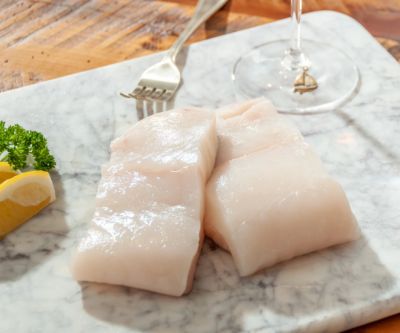According to data from Vietnam Customs, Vietnam’s fish paste and surimi exports in the first six months of 2025 reached USD 164.94 million, up 28.7% year-on-year. This is a remarkable growth amid ongoing global trade uncertainties and significant raw material price fluctuations earlier this year. The surge reflects recovering demand in many major markets, particularly in Asia and CPTPP countries. At the same time, Vietnamese companies’ strategies to tap niche and non-traditional markets are proving effective.
Asia Continues to Lead
South Korea remains the largest export market with USD 42 million, up 26% year-on-year. However, June exports to this market slightly declined compared to May, signaling a demand adjustment after a robust first half.
Thailand recorded USD 39 million, up 28%, continuing to serve as a hub for surimi reprocessing and re-export in ASEAN.
China & Hong Kong posted the highest growth among key markets, reaching USD 22 million, up 49%, due to China’s increased imports for domestic processing amid limited domestic supply.
CPTPP & Japan See Steady Recovery
Exports to CPTPP member countries reached nearly USD 26 million, up 19%, supported by order recovery from Japan (+24%), Malaysia (+6%), and Canada (+21%). This indicates that tariff advantages under CPTPP are still effective in maintaining Vietnam’s seafood competitiveness.
EU Market Grows but Unevenly
Total exports to the EU reached USD 13 million, up 3%, driven mainly by Lithuania (USD 11 million, +45%). Smaller markets saw sudden spikes, such as Spain (+840%) and Belgium (+156%), though on a small scale. France and Italy still declined but at a slower pace.
US Market Slows
Exports to the US in H1 2025 hit USD 6 million, up 15% year-on-year. However, June alone dropped sharply by 35.4% from May, raising concerns that the US may be adjusting import policies or shifting orders to other suppliers, especially amid expanded countervailing duty investigations in the seafood sector.
Expansion into Niche Markets
Several small or emerging markets for Vietnam’s surimi are posting triple-digit growth, such as the UAE (+470%), Mauritius (+261%), and New Zealand (+1,171%). This suggests considerable untapped potential if companies tailor products to local tastes. However, these markets remain small and cannot offset potential declines in major markets like the US or EU.

Despite positive growth, Vietnam’s surimi exports in the second half of the year will face challenges:
- Price competition from regional rivals such as India, Thailand, and China.
-
Rising logistics and raw material costs from Q3 onward.
-
Shifting consumer preferences in developed countries, with declining consumption of frozen processed products in the US and Europe.
If the current export pace is maintained with flexible strategies, 2025’s full-year surimi exports are projected to grow further — though this optimistic scenario depends heavily on trade policy developments in major markets, especially the US.





